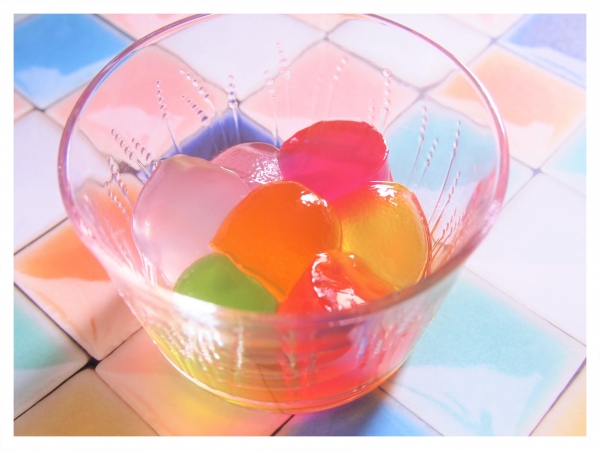Konnyaku: The magic potato comes to life in Yamagata’s specialties

When you read konnyaku (蒟蒻・こんにゃく), you’d definitely think it is a weird word. But it is actually the Japanese pronunciation that brings the English variant to life, as we are here in presence of the Konjac potato. The Konjac is a beautiful plant, with deep red-purple flowers; anybody with a garden would grow it here. Interestingly, Japanese culture developed the use of its underground tubercule root. One of the most known products from Yamagata Prefecture (山形県 Yamagata-ken), konjac is served in all kinds of ways, so let’s explore the magnificent potato we have here.
From potato to jelly…

The Konjac plant. (Image credit: photozou)
The konjac plant is originally from China but its culture has been developed in a few Asian countries including Japan. Japanese people cultivate konjac for multiple purposes—as a traditional power food, as a substitute for jelly, as a bathing product, and even as an ingredient used in special spa treatments. The root of the konjac plant is used in every of these applications. The process is fairly simple but still asks for some main d’oeuvre. With recipes dating back to the Edo Period (江戸時代 Edo-jidai), it is important to note that the konjac potato, unlike other potatoes, is not edible after just a short boiling period. Calcium hydroxide is added to the konjac potato and is primordial to the creation of konnyaku.
Step one: the konjac potato is first boiled until it becomes a softened puree. Step two: calcium hydroxide and water are added into the puree, and then mixed until the whole concoction starts hardening. And there you have it, the translucent konjac cake. The konjac potato is also often broken down to flour, before being remodelled into its final konnyaku product. Note that there are two sorts of konnyaku; black and white.
How is this potato served in Japanese cuisine?

Konjac noodles served with fish eggs. (Image credit: photozou)

Konjac sushi. (Image credit: photozou)
In Yamagata Prefecture, a whole lot of farmers cultivate konjac. This is thus where we start our search for the konjac-derived products. Noodles, and lately pasta, are some of the konjac products that you can commonly find in supermarkets and sometimes on your plate in little local izakaya bars. Besides noodles, konjac jelly is used in cooked hot pots, and lately in vegan sushi as well. And of course, as a sweet treat, it is also prepared cold with some sugar cane syrup on top. The colourful jelly is obtained by mixing the original white konjac jelly with fruit juices.
No doggy bag needed?

Konnyaku sponge expands when in contact with warm water. (Image credit: Nathalie’s World)
If you have some leftover konnyaku, you could also try out the skin treatments recommended by Japanese grandmas, using konnyaku sponges or konnyaku heat packs to soothe your skin. Konnyaku sponges are quite fascinating as they expand in size and fluffiness when dropped in warm water. Gentle exfoliation and general wellness are the supposed effects of the sponges made with konnyaku. Another use would be to heat up a pack of konnyaku jelly and apply it to stiff muscles or around aching places in general. Just think of it as a hot water bottle—but beware of the heat, konnyaku keeps warm for a long, long time.
Whilst Yamagata is one of the biggest producers of konjac, it is grown all over Japan. Depending on the region in Japan, konnyaku is served in different ways and with different added flavours. As it is very rare to find a Japanese restaurant overseas that serves fresh translucent konnyaku, making it by hand would be a fun afternoon activity to experience in Japan.
I hope you have become slightly more acquainted with this phenomenal plant that is the konjac. And I guess if you never had heard of konjac before, well, you now have a new funky word to play at your next scrabble game.
Header image credit: photoAC







